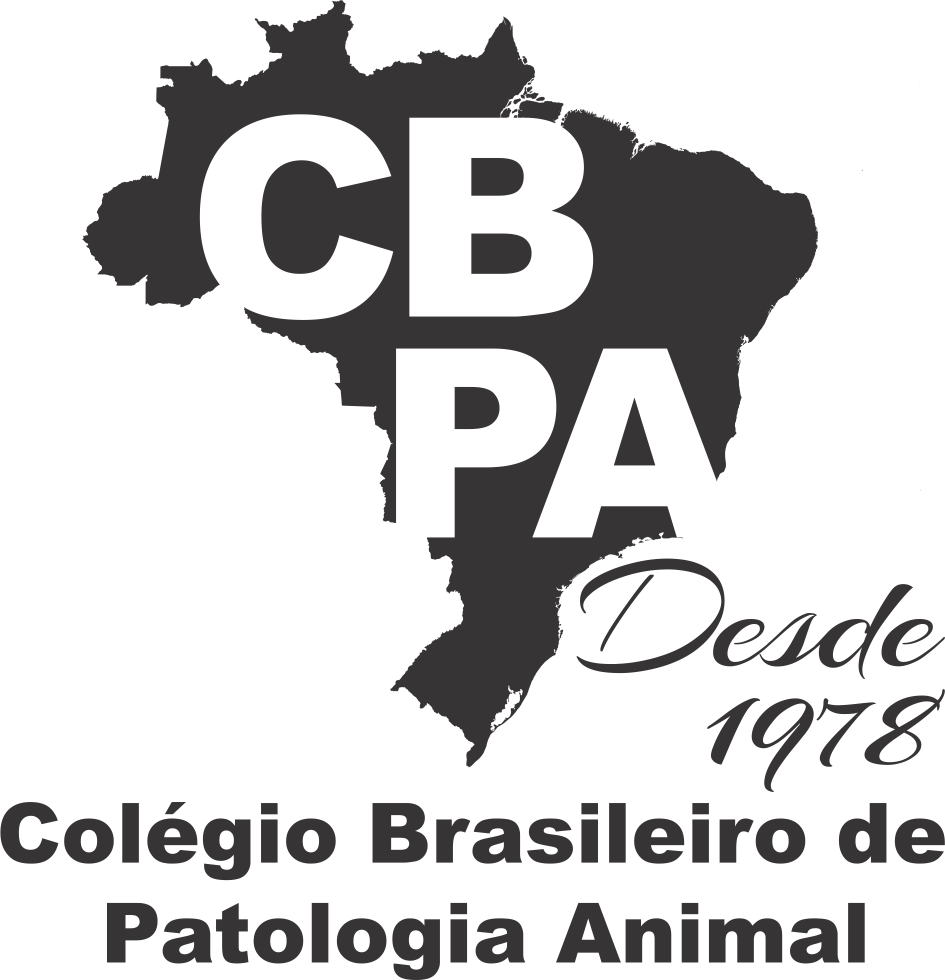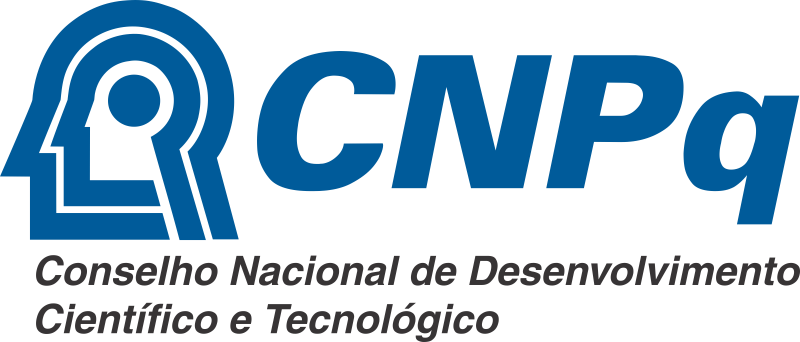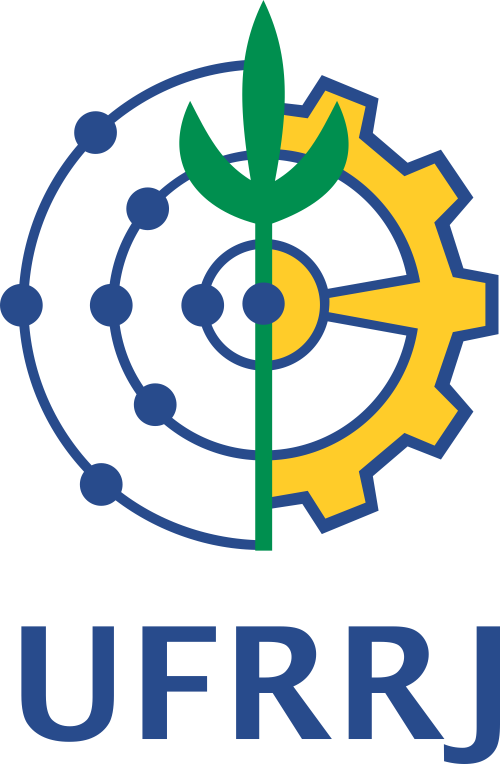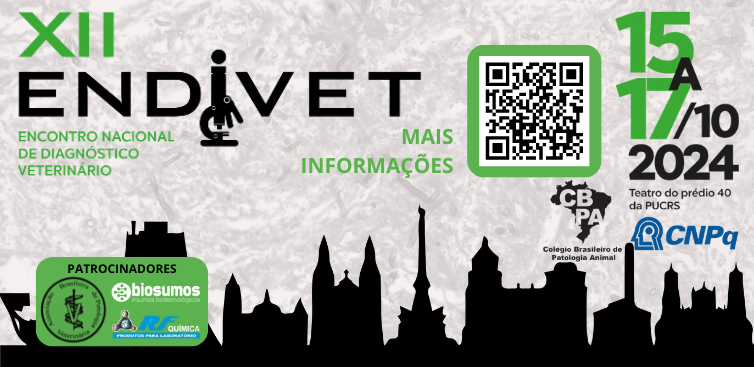Resultado da pesquisa (1)
Termo utilizado na pesquisa Marinho Neto F.A.
#1 - Iron interference in hemoglobin production in piglets from birth to weaning
Abstract in English:
Iron deficiency anemia (IDA) in humans is defined as the decrease of total hemoglobin concentration and the non-production of the adult hemoglobin subtype 2 – HbA2 (α2δ2 chains), which is considered a marker of IDA severity in humans, dosed together with the iron serum. This study aimed to determine the standard of hemoglobin types in piglets induced to experimentally IDA in the first 21 days of life (delivery to weaning). In the present study, 40 piglets born from four naïve gilts, were randomly and equally assigned among the gilts. On the third day after delivery, the groups were randomly distributed in different environments (cement and clay floors) and according to the iron supplementation (iron dextran and placebo). Erythrocyte parameters, serum iron, and hemoglobin trait were analyzed at four moments between birth and weaning days. The group of piglets that did not receive iron dextran supplementation on the third-day post-birth and were placed in the pen without soil did not present HbA2 from the seventh day onwards on the agarose electrophoretogram (pH 8.6) and this observation was correlated to decrease of serum iron (ρ: 0.156, p=0.003) when compared to the other groups’ piglets that did not present iron deficiency. In the present study was possible to determine the swine hemoglobin pattern in IDA, since HbA2 was absent in piglets with IDA in comparison to the non-ferropenic groups and the correlation between the reduction of iron levels and the absence of HbA2.
Abstract in Portuguese:
A anemia por deficiência de ferro (ADF) em humanos é definida como a diminuição da concentração de hemoglobina total e a não produção da hemoglobina adulta subtipo 2 – HbA2 (cadeias α2δ2), que é considerada um marcador de gravidade de IDA em humanos, dosado em conjunto com o soro de ferro. Este estudo teve como objetivo determinar o padrão dos tipos de hemoglobina em leitões induzidos experimentalmente à IDA nos primeiros 21 dias de vida (parto ao desmame). Quarenta leitões, nascidos de quatro marrãs nulíparas, foram distribuídos aleatoriamente e igualmente entre as leitoas. No terceiro dia após o parto, os grupos foram distribuídos aleatoriamente em diferentes ambientes (piso de cimento e barro) e de acordo com a suplementação de ferro (ferro dextrano e placebo). Parâmetros eritrocitários, ferro sérico e traço de hemoglobina foram analisados em quatro momentos, entre o nascimento e o desmame. O grupo de leitões que não recebeu suplementação de ferro dextrano no terceiro dia pós-parto e foi colocado em baia sem solo não apresentou HbA2 a partir do sétimo dia no eletroforetograma de agarose (pH 8,6) e esta observação foi correlacionada com diminuição da concentração sérica ferro (ρ: 0,156, p=0,003) quando comparados aos demais grupos leitões que não apresentavam deficiência de ferro. No presente estudo foi possível determinar o padrão hemoglobinêmico suíno na IDA, uma vez que, a HbA2 estava ausente nos leitões com ADF em comparação aos grupos não ferropênicos e há correlação entre a redução dos níveis de ferro e a ausência de HbA2.











